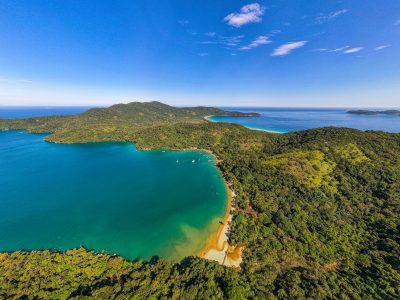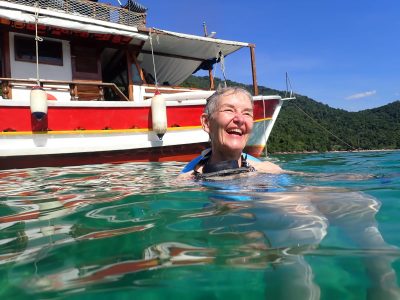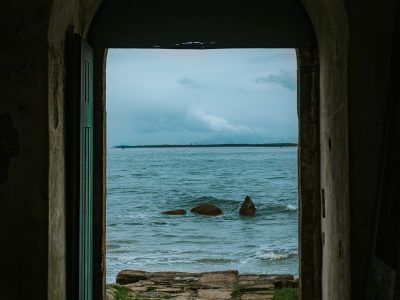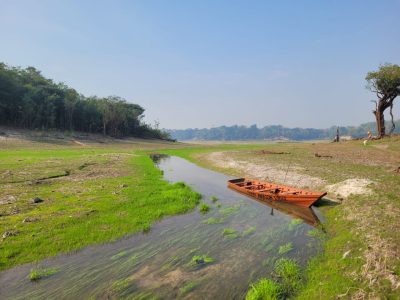Brazil reaffirms its role as a global guardian of nature with another achievement: the Lençóis Maranhenses have recently been recognized as a World Natural Heritage Site by the United Nations Educational, Scientific, and Cultural Organization (UNESCO). This recognition underscores Brazil’s importance in preserving unique ecosystems and protecting its biodiversity.
According to the Federal Government, Brazil occupies nearly half of South America and is the country with the greatest biodiversity in the world. There are more than 116,000 known animal species and over 46,000 plant species in the country, spread across six terrestrial biomes and three large marine ecosystems.
Another recent achievement was for the “Marvelous City,” Rio de Janeiro, which was named the most beautiful city in the world to visit. The survey was promoted and published by the platform “Civitatis,” a specialist in tour bookings.
These recognitions not only celebrate Brazil’s natural wealth but also reinforce the country’s responsibility to promote sustainable tourism and protect these heritage sites for future generations.
Since 1972, UNESCO has recognized that certain places in the world possess exceptional universal value. This recognition is based on their remarkable physical, biological, and geological formations, as well as their importance as habitats for endangered animal and plant species.
According to the National Institute of Historic and Artistic Heritage (IPHAN), Brazil’s representative for international preservation actions, the country has been a signatory to the Convention Concerning the Protection of the World Cultural and Natural Heritage (World Heritage Convention) since 1977.
Next, let’s talk a little about the 8 World Natural Heritage Sites located here in Brazil.
Content Summary
1. Lençóis Maranhenses National Park (Maranhão)
Starting with the most recent addition to the World Natural Heritage list, the Lençóis Maranhenses National Park received its title this year, on July 26, 2024. The declaration was made by UNESCO during an evaluation ceremony held in New Delhi, India.
Lençóis Maranhenses National Park, covering 155,000 hectares, is located in a transition area between the Cerrado, Caatinga, and Amazon biomes in northeastern Brazil. The park consists of restinga regions, fields of shifting white sand dunes, blue lagoons, and an oceanic coastal strip.
This stunning location attracts visitors seeking to appreciate its unique landscapes. Here at Gondwana Brasil, we have an exclusive five-day route for your clients to explore this paradise. Access the Trekking Lençóis Maranhenses and learn more. Remember that all itineraries are customizable, and you can speak with our consultants to design what best aligns with your clients’ needs.
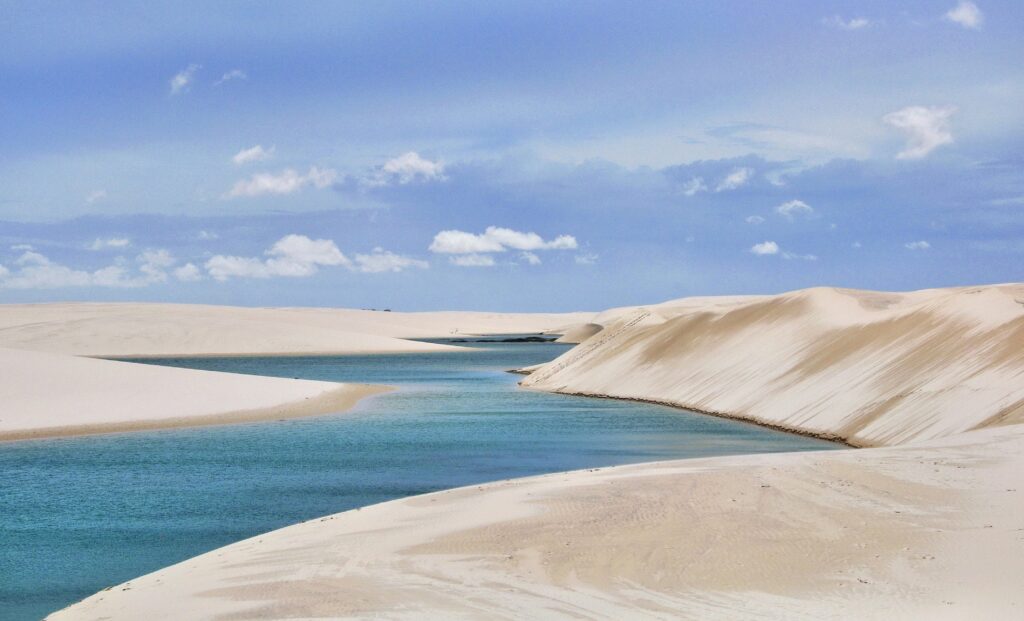
2. Iguaçu National Park (Paraná)
Located in Paraná, the park is famous for the impressive Iguaçu Falls. This heritage site protects one of the largest reserves of the Atlantic Forest and serves as a habitat for endangered species such as the jaguar.
The park is managed by the Chico Mendes Institute for Biodiversity Conservation (ICMBio), a federal agency responsible for managing Brazil’s conservation units. It is 637 kilometers from the state capital, Curitiba, in the tri-border region – Brazil, Argentina, and Paraguay. On November 28, 1986, it was inscribed on the UNESCO World Natural Heritage List.
Here at Gondwana, we have five travel routes that can take your clients to visit this Brazilian natural wonder. These are: Classic Brazil, Family Brazil 1, Family Brazil 2, Luxury Brazil 2, and Nature and Wildlife 1.
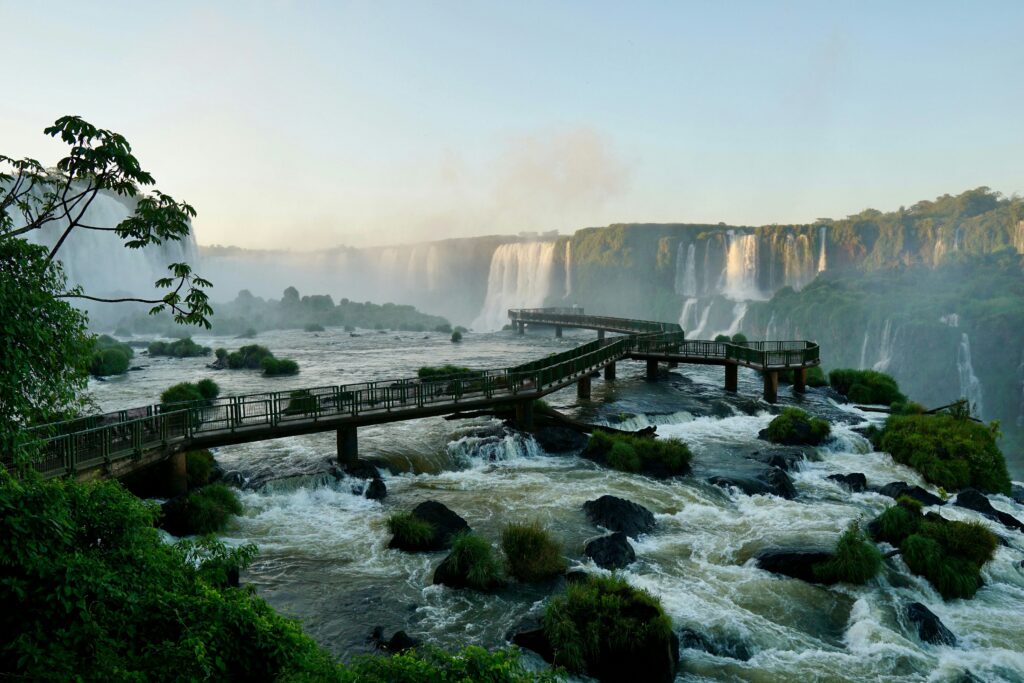
3. Chapada dos Veadeiros National Park and Emas National Park (Goiás)
Chapada dos Veadeiros National Park and Emas National Park, both located in the state of Goiás, in the Central-West region of Brazil, were designated as UNESCO World Natural Heritage Sites in December 2001. These protected areas are part of the Brazilian Cerrado, one of the world’s oldest and richest tropical biomes in terms of biodiversity.
Emas National Park is situated at the border of Goiás with the states of Mato Grosso and Mato Grosso do Sul. It is one of the few Conservation Units that showcases the various forms of the Cerrado, such as open grasslands, savannas, wetlands, and riparian forests.
Chapada dos Veadeiros National Park, on the other hand, is located in the northeastern part of the state. According to the Chico Mendes Institute for Biodiversity Conservation (ICMBio), which manages the area, the park’s objectives include conservation, scientific research, environmental education, and public visitation.
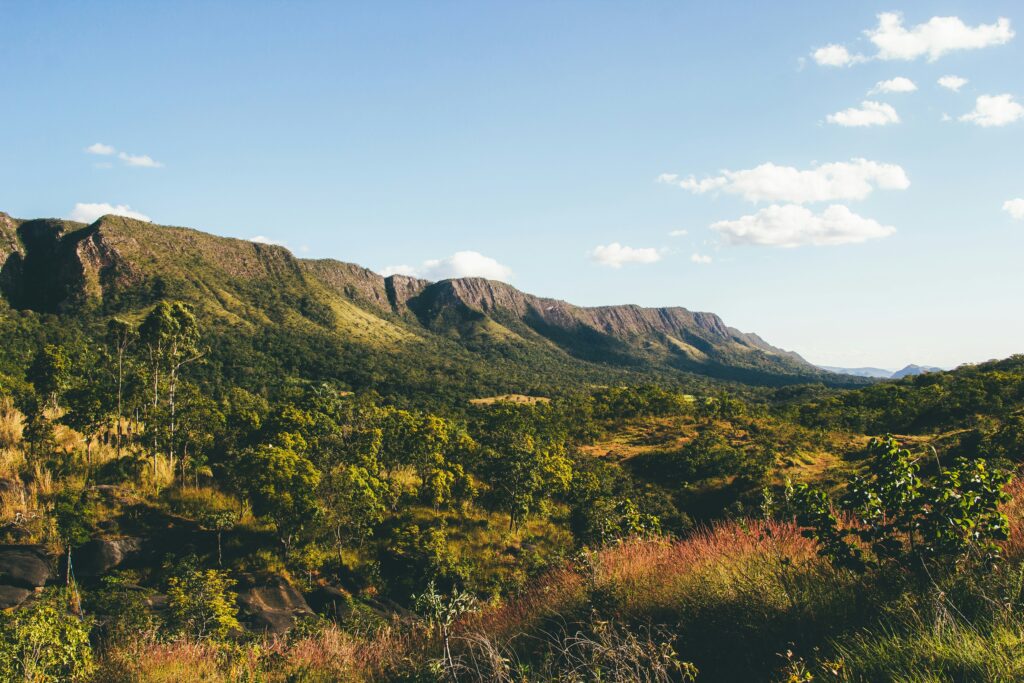
4. Central Amazon Conservation Complex (Amazonas)
This complex includes over 6 million hectares of conservation areas that together protect a vast portion of the Amazon rainforest, essential for regulating the global climate and sustaining millions of species, many of which are still unknown to science.
The Central Amazon Conservation Complex is composed of Jaú National Park, inscribed on the UNESCO World Natural Heritage List in 2000, the Mamirauá and Amanã Sustainable Development Reserves, and Anavilhanas National Park, all inscribed in 2003. Located mainly at the confluence of the Negro and Solimões rivers, the complex contains most of the ecosystems recorded in the Amazon.
At Gondwana, we have at least three pre-formatted travel routes that take your clients to visit the Amazon. These are: Classic Brazil, Luxury Brazil 1, and Nature and Wildlife 2.
5. Atlantic Islands: Fernando de Noronha and Atol das Rocas (Pernambuco and Rio Grande do Norte)
The islands of Fernando de Noronha, located in the state of Pernambuco, and Atol das Rocas, located in Rio Grande do Norte, both in northeastern Brazil, host exceptional marine biodiversity, including various species of sharks, dolphins, and sea turtles, and are home to the largest concentrations of tropical seabirds in the Western Atlantic. These islands are crucial areas for the conservation of endangered marine species and for scientific research.
The oceanic islands were inscribed on UNESCO’s World Natural Heritage List on December 16, 2001, and play a crucial role as an important repository for maintaining biodiversity in the entire South Atlantic basin.
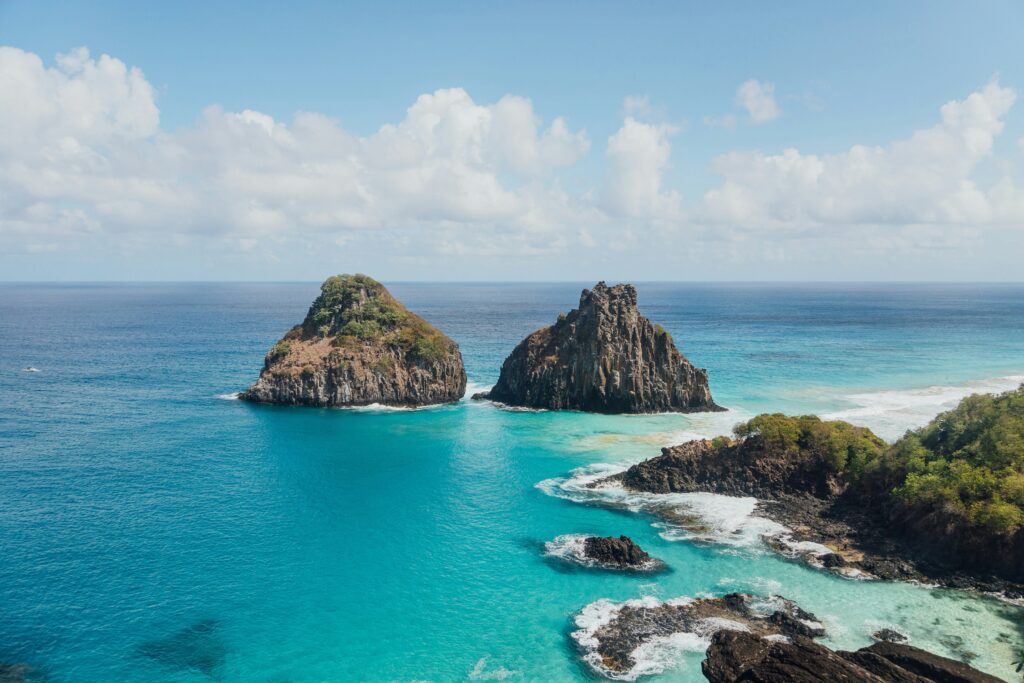
6. Pantanal Conservation Area (Mato Grosso and Mato Grosso do Sul)
The Pantanal Protected Areas Complex, which includes the Pantanal Matogrossense National Park and the Private Natural Heritage Reserves of Acurizal, Penha, and Dorochê, was inscribed by UNESCO on the World Natural Heritage List and the Biosphere Reserve in 2000. This complex represents the largest continuous system of freshwater wetlands in the world and hosts one of the richest ecosystems in biodiversity.
The Pantanal biome was added to the list due to its landscape, formed by unique ecosystems characteristic of the region, making it one of the most exuberant and diverse natural reserves on the planet. The area covers about 200,000 square kilometers, is largely flooded, and is located in the states of Mato Grosso and Mato Grosso do Sul in Brazil.
At Gondwana, in addition to travel routes that include this destination among others, we have an exclusive pre-formatted route for your clients to visit this area. Learn more about the destination: Nature and Wildlife 3.
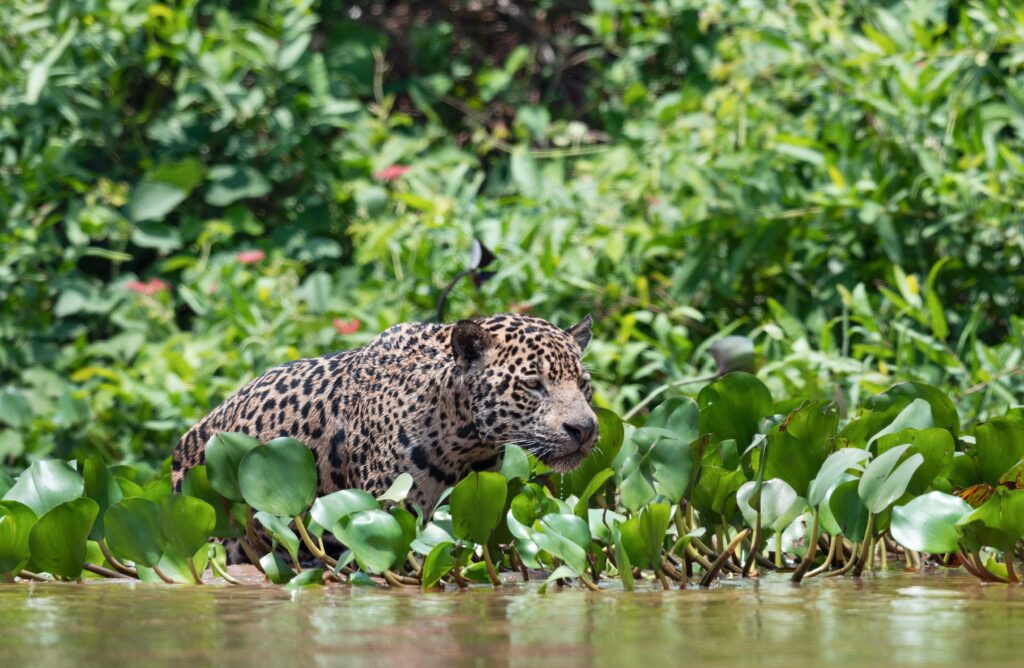
7. Atlantic Forest (São Paulo and Paraná)
The stretch of the Atlantic Forest that begins in the Serra da Juréia, in São Paulo, and extends to Ilha do Mel, in Paraná, was declared a Biosphere Reserve by UNESCO in 1991. In 1999, it was declared a World Natural Heritage Site.
Encompassing several areas of Atlantic Forest in southeastern Brazil, this heritage site is vital for preserving endemic species and maintaining crucial ecosystem services, such as regulating water cycles.
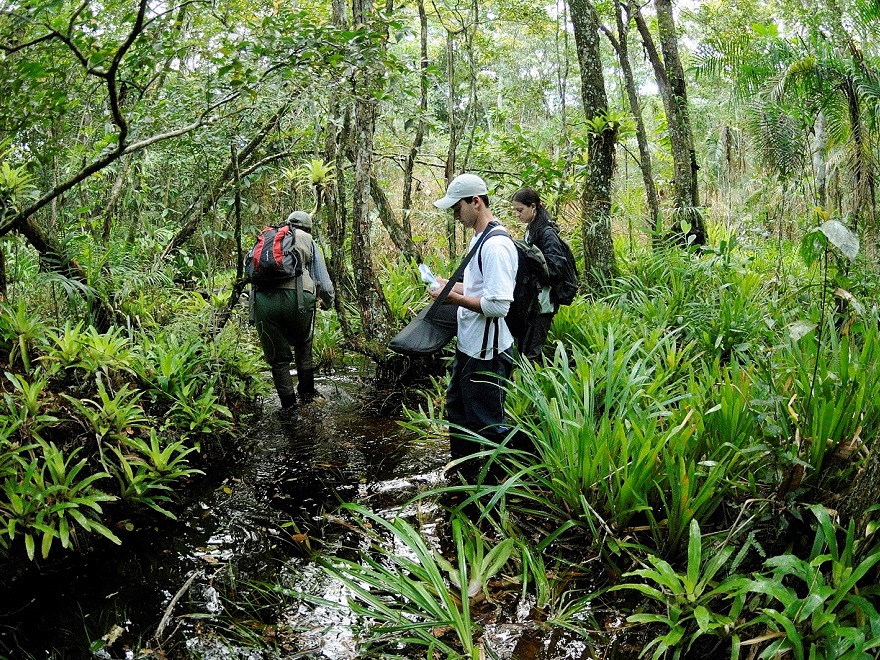
8. Discovery Coast (Bahia and Espírito Santo)
The Atlantic Forest Reserves of the Discovery Coast, located between the southern coast of Bahia and the northern coast of Espírito Santo, consist of eight distinct protected areas with rich biodiversity. These reserves represent the evolution of the few remaining areas of Atlantic Forest in northeastern Brazil.
The World Natural Heritage title was granted by UNESCO on December 1, 1999, due to its exceptional value to science, history, and the preservation of ecosystems of universal interest.
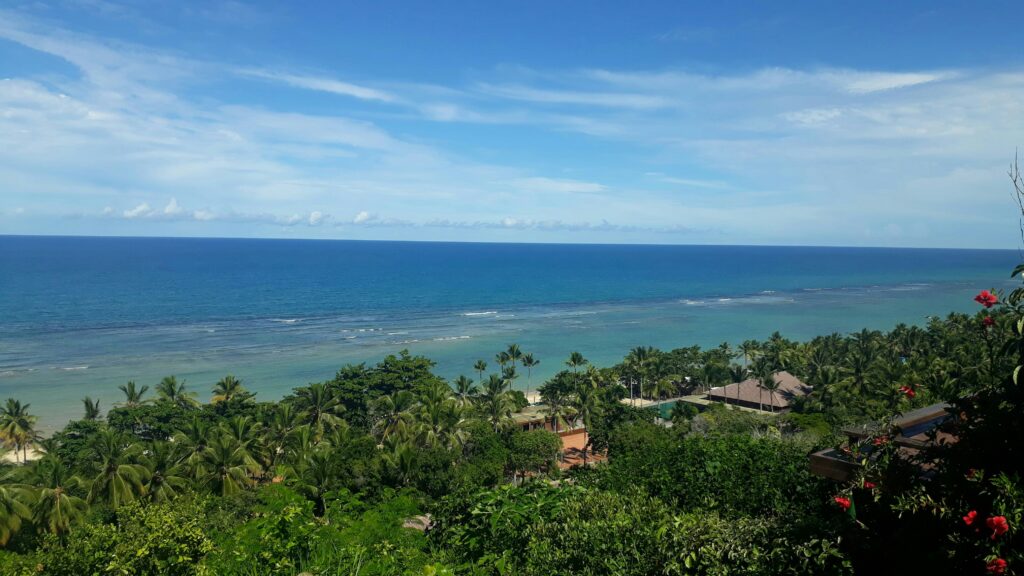
Recognizing, protecting, and valuing these heritage sites is essential for ensuring a sustainable future, both for Brazil and the planet as a whole.

